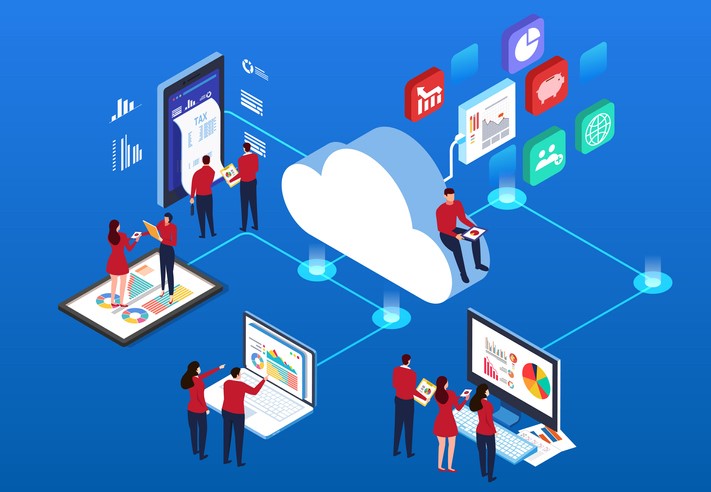
Insight by: Jon Warner
While cloud technology offers many potential benefits for life sciences organizations, there are also pressing challenges that senior executives need to carefully consider as they develop strategies around adopting cloud solutions. Some of the most significant issues revolve around security, compliance, data ownership, and cultural shifts, include requisite talent acquisition. In this brief article, let’s look at each of these.
Security is always a top concern when sensitive patient data and research is involved. Moving such critical information to the cloud means it will be stored and processed outside of the organization’s direct control on shared infrastructure. This loss of physical possession increases risks around unauthorized access, data breaches, and compliance violations. Senior leaders must evaluate cloud vendors’ security protocols and controls to ensure patient privacy and research integrity are sufficiently protected. Ongoing monitoring and auditing will also be needed to address any vulnerabilities that emerge over time.
Compliance with regulations like HIPAA, GDPR, and industry standards is equally important from a security perspective. The cloud can complicate compliance efforts since data is distributed across international borders in some cases. Life sciences executives must understand how cloud providers will meet all necessary compliance and be prepared to demonstrate accountability on an ongoing basis through documentation and oversight. Regional data storage and processing options may need to be considered to simplify compliance challenges.
Ownership and control of sensitive data in the cloud also raises concerns. While cloud vendors maintain infrastructure, life sciences organizations still own the data. Executives need contracts and service level agreements that unambiguously specify data ownership and access rights. They also need assurances about data export capabilities, deletion processes, and what happens in case of vendor bankruptcy or acquisition. Without carefully defined ownership terms, critical research assets could become difficult to retrieve or transfer if needed.
Cultural shifts within organizations present another challenge as sensitive work moves to the cloud. Employees may be hesitant to fully embrace cloud technologies and entrust valuable information to external providers. Executives must roll out comprehensive training and communication plans to socialize cloud strategies and benefits. Changing mindsets around data security, appropriate access and usage will be crucial for successful adoption. Leadership from the top will be needed to drive cultural evolution and allay fears over loss of control. One way to ensure this happens is to embed good change management practices at every level of the organization.
Technical integration challenges also require strategic planning. Life sciences data environments tend to be highly customized and complex with many legacy systems. Moving such environments to a new cloud model will involve significant re-engineering and migration work. Life sciences executives need to assess current states, define target architectures, and budget adequate time and resources for integration projects. Change management throughout IT and business teams will smooth technical transitions.
Budgeting and cost optimization add further complexity to cloud strategies. While cloud models aim to reduce upfront infrastructure costs, unplanned spending on additional services can see expenses balloon. Executives must work with finance leaders to build cost models, track usage, and shift to consumption-based billing where possible. Rightsizing environments and reining in unnecessary services and features helps contain costs over time. Multi-cloud strategies may also introduce management overhead that impacts total cost of ownership.
Talent acquisition and retention pose a final strategic consideration. Cloud technologies and operating models require new skill sets that may be scarce in life sciences. Executives will need to invest in training current employees or hire cloud-native talent. Compensation and career growth opportunities also need adjustment to attract and keep specialized cloud experts over the long run. Outsourcing certain capabilities can supplement internal skills but introduces additional relationship management. A talent strategy is essential for sustainable cloud success.
In summary, senior leaders in life sciences face many pressing challenges as they strategize responsible adoption of cloud technologies. A holistic, risk-based approach is needed to address security, compliance, cultural shifts, technical integration, costs, talent and data ownership concerns. Strong vendor evaluation, well-defined contracts, change management planning, and governance processes help navigate these challenges. With careful strategic thinking and execution, cloud models can be safely leveraged to drive innovation, scale and efficiencies across research and patient care over the long term, not to mention accommodate the increasing use of artificial intelligence driven processes across the life sciences space. Open communication, leadership commitment and ongoing oversight remain crucial to realizing cloud’s full benefits while protecting sensitive information assets.





